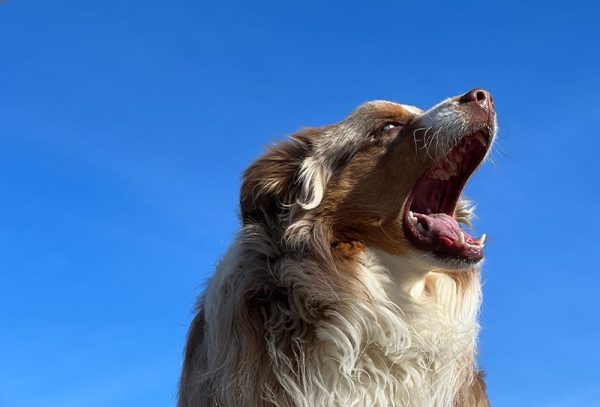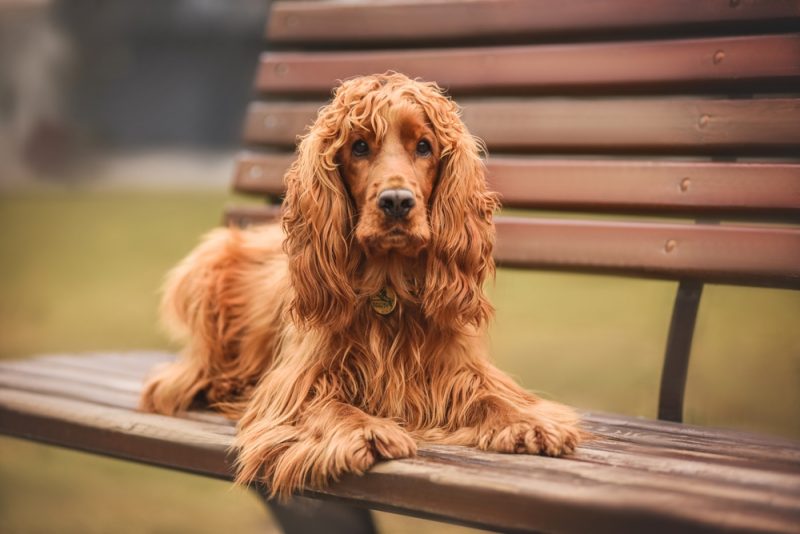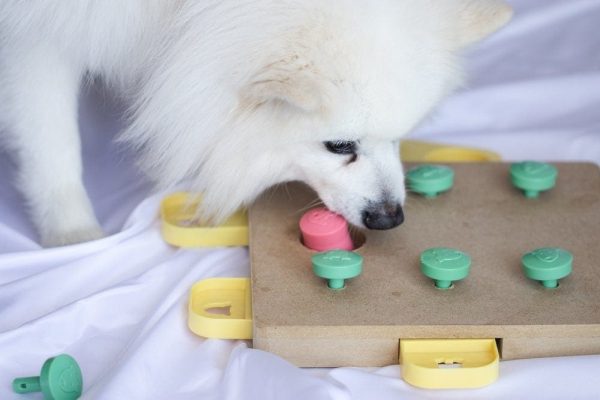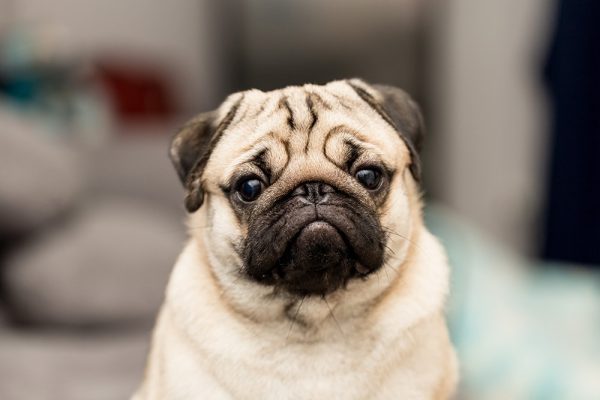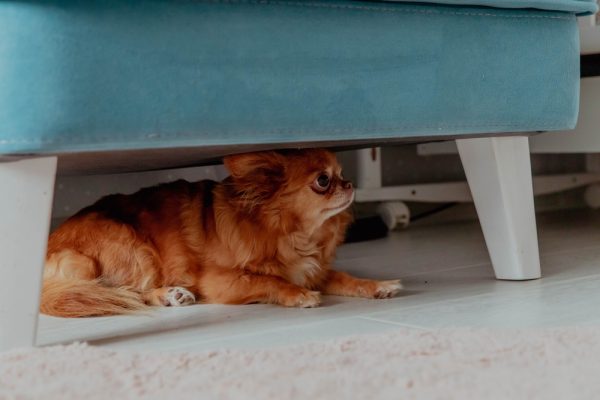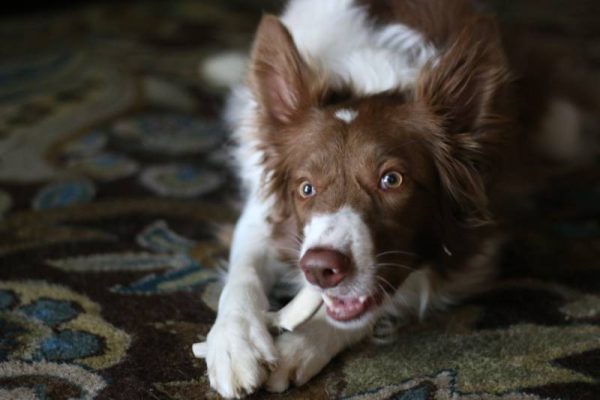The Merle Pitbull is a unique and controversial coat variation found in dogs resembling the American Pit Bull Terrier that has been gaining popularity in recent years. Known for their striking coat pattern and muscular build, this dog has a disputed history and a loyal following of enthusiasts. Keep reading as we explore this variation’s history, discuss how they gained popularity, and list several unique facts about them.
Breed Overview
Height:
18–19 inches
Weight:
35–70 pounds
Lifespan:
12–14 years
Colors:
Merle
Suitable for:
Active families
Temperament:
Energetic, active, loyal, protective
The Merle Pit Bull is a variation of the American Pit Bull Terrier breed, distinguished by their striking merle coat pattern. While no kennel club officially recognizes the merle version of the Pit Bull, they have gained a loyal following among enthusiasts who admire their unique appearance and loyal temperament. However, it’s important to note that there is controversy surrounding this breed, with the coat color being the subject of debate.
Some people argue that merle isn’t a natural variation and is actually the result of crossing a Pit Bull with another merle color-producing breed, like the Australian Shepherd or Catahoula Leopard Dog.
Merle Pit Bull Breed Characteristics

The Earliest Records of the Merle Pit Bull in History
The history of the Merle Pit Bull is somewhat murky, and there is limited documentation of its origins. However, some experts believe that they are a relatively recent development, only dating to the late 1900s.
Whether it’s a natural occurrence or not, many reputable breeders and animal welfare organizations strongly oppose the breeding of Merle Pit Bulls, as the merle gene can be associated with several health problems, including deafness, ocular abnormalities, and immune-mediated skin issues. These issues are most likely to occur in homozygous merles AKA “double merles”. When a dog inherits two copies of the merle gene (one from each parent), the risk of these congenital defects increases significantly. In addition, some breeders may resort to unethical practices, such as inbreeding, to produce these rare coat patterns.
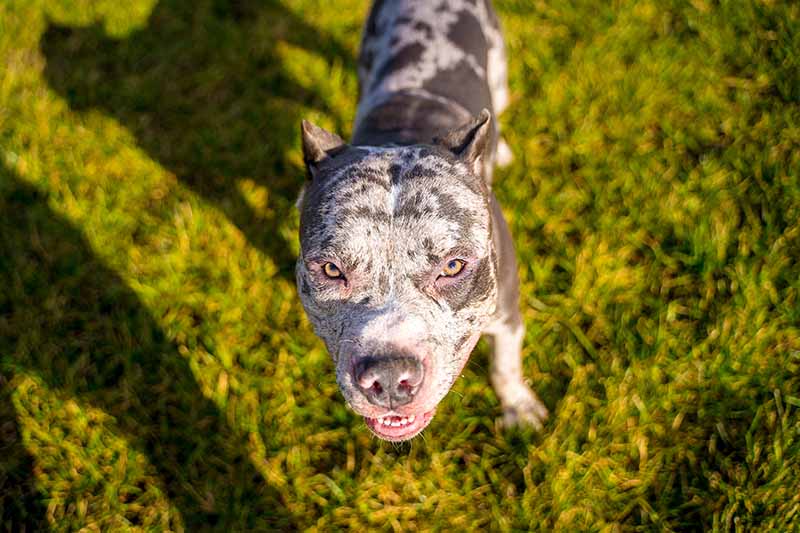
How the Merle Pit Bull Gained Popularity
The Merle Pit Bull has gained popularity in recent years due to their unique and eye-catching appearance and reputation as a loyal and affectionate companion. Social media has likely played a part, as owners can share pictures more readily with more people than at any other time in history.
Celebrities like Joe Jonas and Justin Bieber have also helped raise the Merle Pit Bull even though this coat pattern is not recognized in the American Pit Bull Terrier by major registries, causing more people to want one in their homes.
Formal Recognition of the Merle Pit Bull
The American Kennel Club is the largest kennel club in the United States, and it does not recognize the Merle Pit Bull or even their common relative, the American Pit Bull Terrier1. However, the United Kennel Club (UKC) does recognize the American Pit Bull Terrier as a distinct breed; it started registering and promoting them in the 1890s2.
The UKC has a breed standard for the American Pit Bull Terrier, which describes their appearance, temperament, and other characteristics. However, the Merle Pit Bull is not part of the description and Merle is listed as a disqualifying fault in the breed standard.

Top 6 Unique Facts About the Merle Pit Bull
1. Merle Pit Bulls have a distinctive coat color pattern
Their patterns feature patches of diluted color on a solid base color. You can also find this pattern in breeds like the Australian Shepherd, Catahoula Leopard Dog, and Shetland Sheepdog.
2. They are more susceptible to certain health issues
They are prone to congenital deafness in one or both ears, ocular abnormalities often resulting in vision problems and immune-mediated skin issues due to the effects of the merle gene on pigmentation and the development of the nervous system. Depigmented skin areas may be more sensitive, prone to sun damage, or susceptible to immune-mediated dermatitis due to a lack of normal melanin protection.
3. Pit Bulls are great family pets
Despite the controversies surrounding the parental breed, many owners of Merle Pit Bulls report that their dogs are loyal and affectionate and make great family pets.
4. Merle Pit Bulls are intelligent
You can train them in obedience, agility, and therapy work. However, they can also be stubborn and may require consistent and patient training methods.
5. Merle Pit Bulls can vary in size
Some individuals weigh as little as 30 pounds and others weigh up to 80 pounds. This is because merle-patterned Pit Bulls are not from standardized breeding lines, their size can vary significantly depending on genetics and possible outcrossing.
6. Merle Pit Bulls are energetic dogs
They require plenty of exercise and mental stimulation to stay healthy and happy. They enjoy playing fetch, going for walks or runs, and participating in training and agility classes.
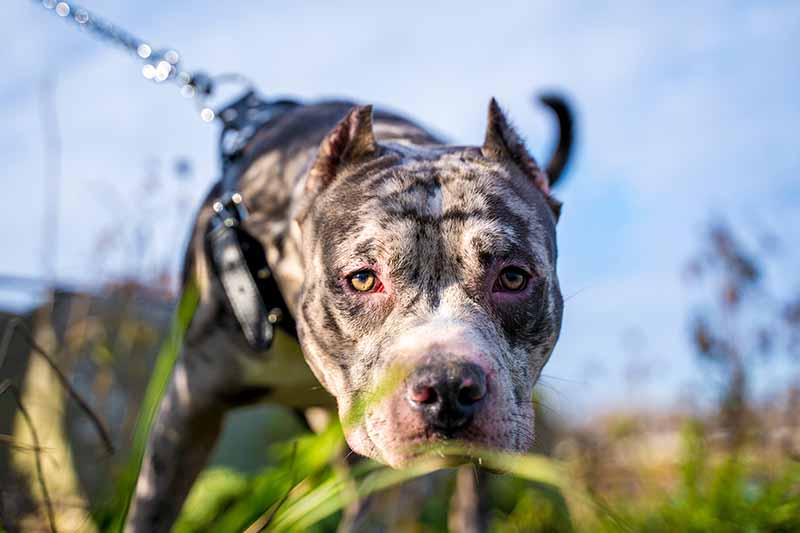
Does the Merle Pit Bull Make a Good Pet?
Owning and caring for a Merle Pit Bull can be a rewarding but challenging experience. These energetic dogs require regular exercise and mental stimulation. They also benefit from obedience training and socialization to help them become well-behaved and well-adjusted pets.
They may be more susceptible to certain health issues, such as deafness, ocular defects (like microphthalmia or colobomas), and depigmented skin, which may be more prone to UV damage and secondary immune-mediated conditions, due to the effects of the merle gene over the melanocyte development. Despite these risks with the right approach, a Merle Pit Bull can make a loyal and loving companion for many years.

Conclusion
The Merle Pit Bull is a non-standard variation of the breed that has recently gained popularity among dog owners. While their striking appearance and loyal nature can make them appealing, their lack of recognition by major breed registries and potential health concerns require careful consideration.
While a Merle Pit Bull can make a wonderful companion and pet, it is important to consider the potential health implications of choosing a pet based on coat color, without fully understanding what other traits may be inherited alongside it. We always recommend selecting a breed and pup based on health, wellbeing, and temperament, leaving coat color as a much lower priority.



